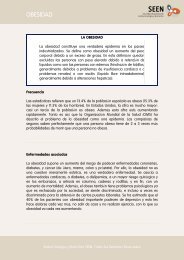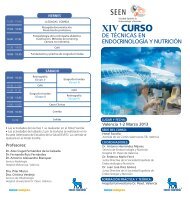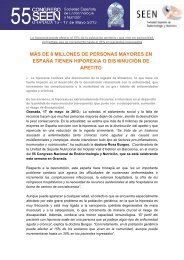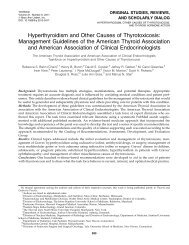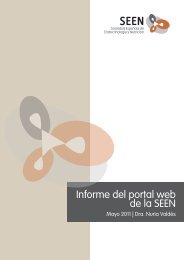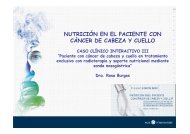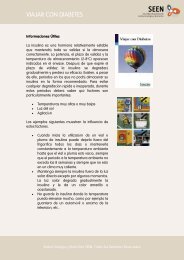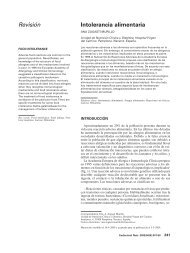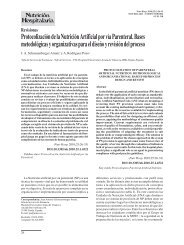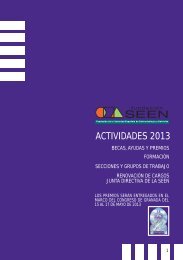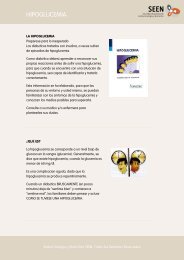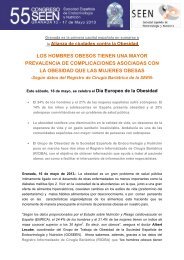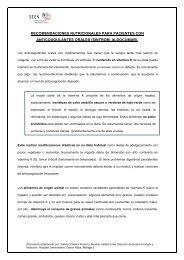Basic Concepts of Fluid and Electrolyte Therapy
Basic Concepts of Fluid and Electrolyte Therapy
Basic Concepts of Fluid and Electrolyte Therapy
Create successful ePaper yourself
Turn your PDF publications into a flip-book with our unique Google optimized e-Paper software.
6. Methods <strong>of</strong> <strong>Fluid</strong> Administration<br />
Oral or enteral<br />
The use <strong>of</strong> oral rehydration solutions to treat diarrhoeal disease in<br />
both children <strong>and</strong> adults is one <strong>of</strong> the most commonly used treatments<br />
worldwide, particularly in developing countries. They can also<br />
be useful in the management <strong>of</strong> short bowel or inflammatory bowel<br />
disease in hospital or at home.<br />
These preparations are based on the principle that salt absorption in<br />
the small bowel is linked to that <strong>of</strong> carbohydrate <strong>and</strong> is, therefore,<br />
enhanced by glucose, glucose polymers <strong>and</strong> starch (e.g. rice water).<br />
Some preparations also contain K + <strong>and</strong> an alkalising agent to counter<br />
acidosis. In developing countries, they can be made using locally<br />
available materials, with simple measuring devices to ensure the correct<br />
proportions <strong>of</strong> salt, sugar or rice starch, <strong>and</strong> boiled water. In the<br />
UK commercial preparations are available (see British National Formulary),<br />
5 sachets <strong>of</strong> Dioralyte, for example, reconstituted in 1 litre <strong>of</strong><br />
water, give Na + 50 mmol, K + 20 mmol, Cl – 50 mmol, citrate 10 mmol,<br />
<strong>and</strong> glucose 99 mmol. The WHO formula contains 75 mmol Na + . These<br />
are suitable for diarrhoeal diseases in children <strong>and</strong> most adults,<br />
although, in short bowel syndrome or inflammatory bowel disease in<br />
adults, a more concentrated solution may be required <strong>and</strong> can be<br />
obtained mixing more sachets per litre.<br />
These solutions may also be administered via enteral tubes where oral<br />
administration is difficult. Monitoring <strong>of</strong> oral or enteral fluid treatment<br />
follows the same general principles as outlined in Chapter 3.<br />
One <strong>of</strong> the advantages <strong>of</strong> oral <strong>and</strong> enteral administration is that it is<br />
difficult to give excess fluid owing to limited tolerance. With intravenous<br />
fluids it is only too easy to give excess salt <strong>and</strong> water with<br />
57




